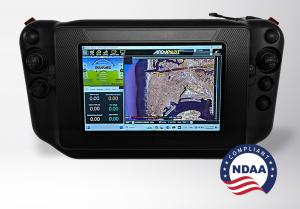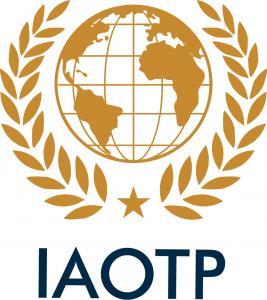The maps that Magellan generated are still the most detailed in existence — although other missions such as Venus Express and Akatsuki have studied Venus’ atmosphere and measured some surface characteristics like temperature, no other mission has conducted a detailed study of the planet’s surface topography since Magellan.
India aims to launch a Venus orbiter called Shukrayaan in December 2024 equipped with a radar and infrared camera to map the surface.
NASA’s DAVINCI mission will launch no earlier than 2029. It consists of an orbiter and an atmospheric descent probe, and will take high-resolution images of Venus’ surface, particularly focusing on features called tesserae — strange, wrinkled landforms that we do not fully understand.
The European Space Agency’s EnVision mission, which is set to launch no earlier than 2031, will send an orbiter to conduct a comprehensive study of Venus, from the core all the way to its upper atmosphere. The spacecraft will use a high-resolution radar to map surface landforms, including tesserae.
The most detailed surface mapping will come from NASA’s VERITAS orbiter, which will launch no earlier than 2031. It will have a radar instrument with up to 100 times higher resolution than Magellan. This will give scientists highly detailed maps of the surface, providing valuable insights into Venus’ geology and evolution.
Originally published at https://www.einpresswire.com/article/678036198/how-do-we-see-the-surface-of-venus-from-space




